Solving Problems with Data and Probability
Course Purpose This unit standard is designed to provide credits towards the mathematical literacy requirement of the NQF at Level 3. The essential purpose of the mathematical literacy requirement is that, as the learner progresses with confidence through the levels, …
Overview
Course Purpose
This unit standard is designed to provide credits towards the mathematical literacy requirement of the NQF at Level 3. The essential purpose of the mathematical literacy requirement is that, as the learner progresses with confidence through the levels, the learner will grow in a confident, insightful use of mathematics in managing everyday living needs to become a self-managing person. An understanding of mathematical applications that provides insight into the learner`s present and future occupational experiences and so develop into a contributing worker. The ability to voice a critical sensitivity to the role of mathematics in a democratic society and become a participating citizen. People credited with this unit standard can pose questions and collect and organise data. Represent and interpret data using various techniques to investigate real-life and work problems. Use random events to explore and apply probability concepts in simple life and work-related situations.
What you’ll learn
This unit standard is designed to provide credits towards the mathematical literacy requirement of the NQF at Level 3. The essential purpose of the mathematical literacy requirement is that, as the learner progresses with confidence through the levels, the learner will grow in a confident, insightful use of mathematics in managing everyday living needs to become a self-managing person. An understanding of mathematical applications that provides insight into the learner`s present and future occupational experiences and so develop into a contributing worker. The ability to voice a critical sensitivity to the role of mathematics in a democratic society and become a participating citizen. People credited with this unit standard can pose questions and collect and organise data. Represent and interpret data using various techniques to investigate real-life and work problems. Use random events to explore and apply probability concepts in simple life and work-related situations.
 Duration: 1 Day
Duration: 1 Day
Featured Course
Shape and motion in 2- and 3-D
Course Curriculum
Curriculum
Curriculum
- 3 Sections
- 15 Lessons
- 1 Day
- Unit 1: Pose questions, collect and organise dataASSESSMENT CRITERIA4
- 1.1Situations or issues that can be dealt with through statistical methods are identified correctly.
- 1.2Variables contributing to a problem situation are identified and addressed in data gathering, e.g. crime is related to the time of day and location.
- 1.3Appropriate and efficient methods are used to collect, record, and organise data.
- 1.4Data samples are of adequate size and are representative of the population.
- Unit 2: Represent, analyse and interpret data using various techniquesASSESSMENT CRITERIA5
- 2.1Graphical representations and numerical summaries are consistent with the data, are clear and appropriate to the situation and target audience.
- 2.2Different representations of aspects of the data are compared to take a position on the issue.
- 2.3Calculations and the use of statistics are correct and appropriate to the problem.
- 2.4Interpretations of statistics are justified and applied to answer questions about the problem.
- 2.5New questions that arise from the modeling of the data are discussed.
- Unit 3: Use random events to explore and apply, probability concepts in simple lifeASSESSMENT CRITERIA6
- 3.1Data are gathered, organised, sorted and classified in a suitable manner for further processing and analysis.
- 3.2Experiments and simulations are chosen appropriately in terms of the situation to be investigated.
- 3.3Probabilities are determined correctly.
- 3.4Distinctions are correctly made between theoretical and experimental probabilities.
- 3.5Predictions are based on validated experimental or theoretical probabilities.
- 3.6The outcomes of experiments and simulations are communicated clearly.
Requirements
- Grade 10
- NQF Level 2







